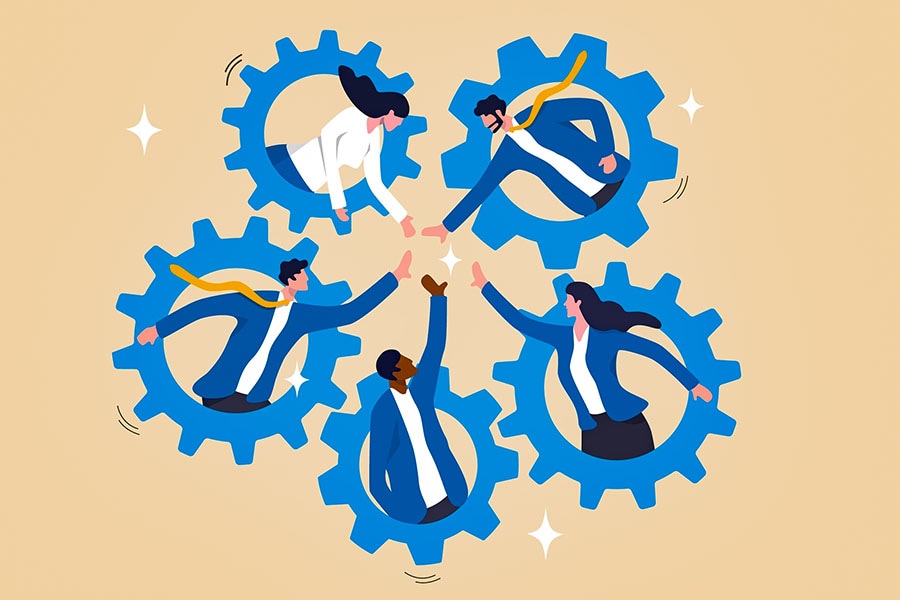
How teaming supercharges collaboration
NASA does it. We show how your organisation can embrace teaming, too
 Teaming is both a philosophy and a practice that reflects the realities of the 21st century. It can be applied in different contexts among individuals, groups and organisations.
Image: ShutterstockI
Teaming is both a philosophy and a practice that reflects the realities of the 21st century. It can be applied in different contexts among individuals, groups and organisations.
Image: ShutterstockI
n the complex, uncertain and fast-changing world we live in, success and even survival require intensive collaboration among individuals, organisations and countries. The outcomes of such collaboration can be breathtaking – consider the growth of Netflix and Amazon, the rebirth of Microsoft and General Motors, the successful launch of the James Webb Space Telescope.
Yet, most people and organisations fail to collaborate, preferring competition to cooperation. In business, up to 70 percent of strategic alliances fail and more than half of joint ventures do not survive their 10th anniversary.
Why collaboration stumbles
There are good reasons that collaborations often falter: physical distance, time zone differences and unequal access to information, to name a few. However, the biggest obstacles are psychological.For millennia, people have grown, learned, played and worked in small groups. In modern times, as villages gave way to cities and farms to factories, hierarchy has become the way to organise and manage human and other resources. However, it fosters an individualistic, uncollaborative mindset characterised by distrust of strangers, unwillingness to share information and a strong preference for working independently or with familiar others. It also leads to a focus on personal gains, avoidance of initiative and risk, and shifting of responsibility.
These behaviours make effective collaboration problematic, even when individuals appreciate the need to work together.
[This article is republished courtesy of INSEAD Knowledge, the portal to the latest business insights and views of The Business School of the World. Copyright INSEAD 2024]

















